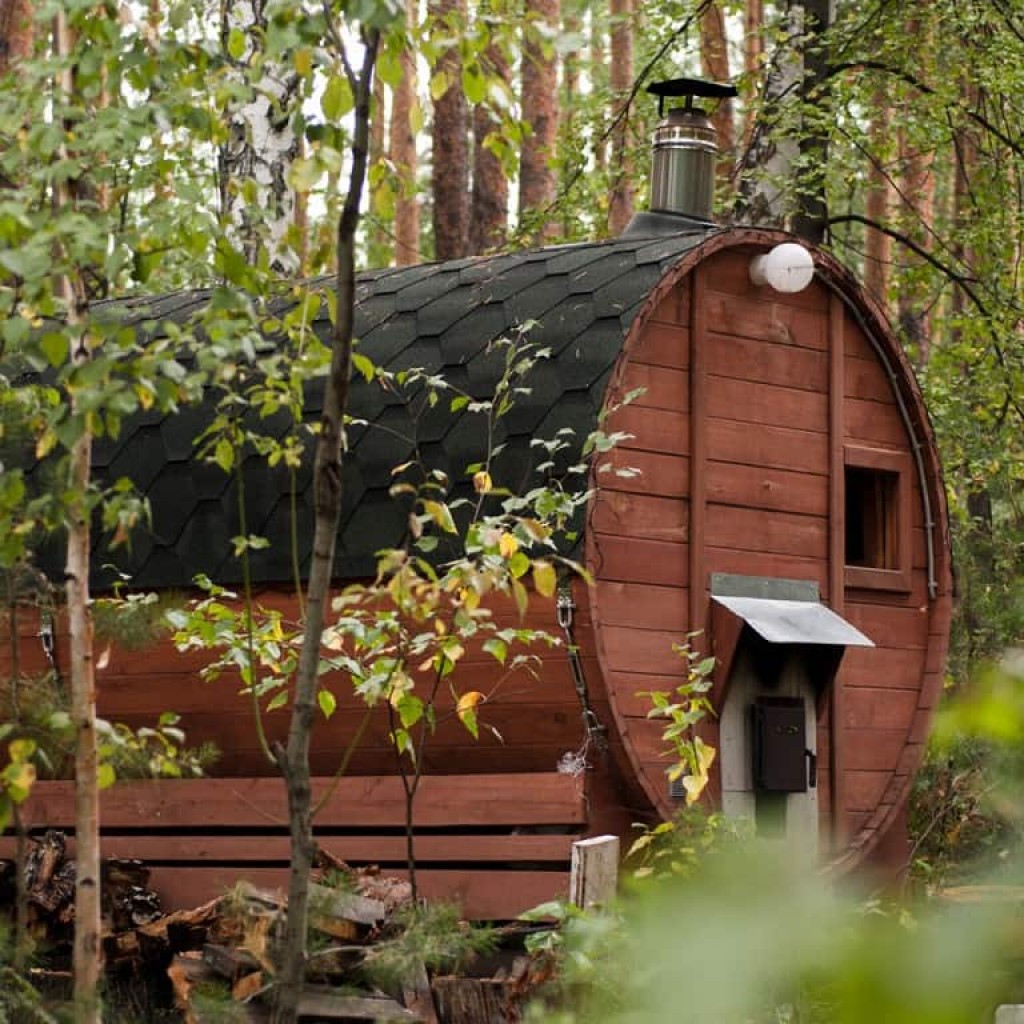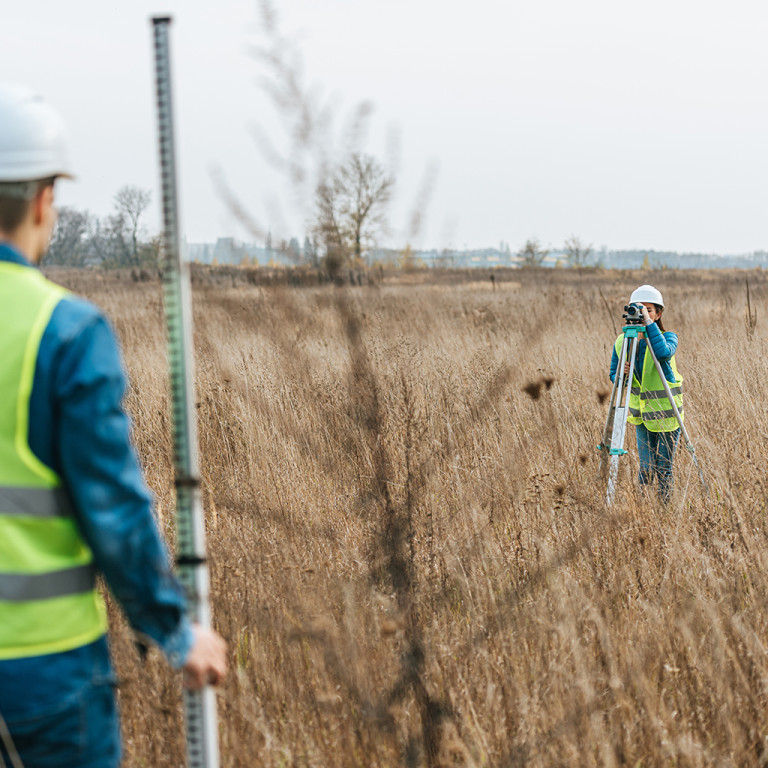After an enforcement notice was issued by a local planning authority, alleging breach of planning control for the erection and siting of 4 camping pods which they considered to be buildings requiring planning permission, we look at whether glamping pods and shepherd’s huts are classed as a buildings or caravans, and whether they need planning permission.
Is a glamping pod or shepherd’s hut a building?
The Valuation Office Agency (VOA) has confirmed that shepherd's huts and glamping pods meet the definition of ‘caravan’, which is defined in the Caravan Sites and Control of Development Act 1960, as they would not be permanently affixed to the land. So not for the Community Infrastructure Levy Regulations (CIL), which was not payable in respect of either of them.
Do you need planning permission for glamping pods or shepherd's huts?
Whether you need permission or not depends on whether the accommodation can be classified as temporary. For planning permission to be granted, you must ensure that pods are only occupied for short-term, holiday-letting purposes and not as a person’s sole place of residence.
In planning law pods fall within the statutory definition of a caravan, which is described as any structure designed or adapted for human habitation which is capable of being transported from one place to another on a vehicle or trailer.
What are Community Infrastructure Levy Regulations?
CIL is chargeable where planning permission authorises development concerning a new or existing building. Whilst there is no statutory definition of ‘building’ in the CIL Regulations the relevant case law confirms that a caravan is not a building because it neither has a degree of permanence nor is it physically attached to the ground.
The VOA considered that it was irrelevant whether or not there was any intention to move the shepherd’s hut or glamping pod. The question was whether it was capable of being moved.
Find out more
If you have been issued with a CIL Liability Notice relating to the stationing of glamping pods, shepherd’s huts or caravans or for any planning advice please contact us. Our experienced team of planning solicitors are on hand to advise on any proposed development, or, potential or current enforcement action.






